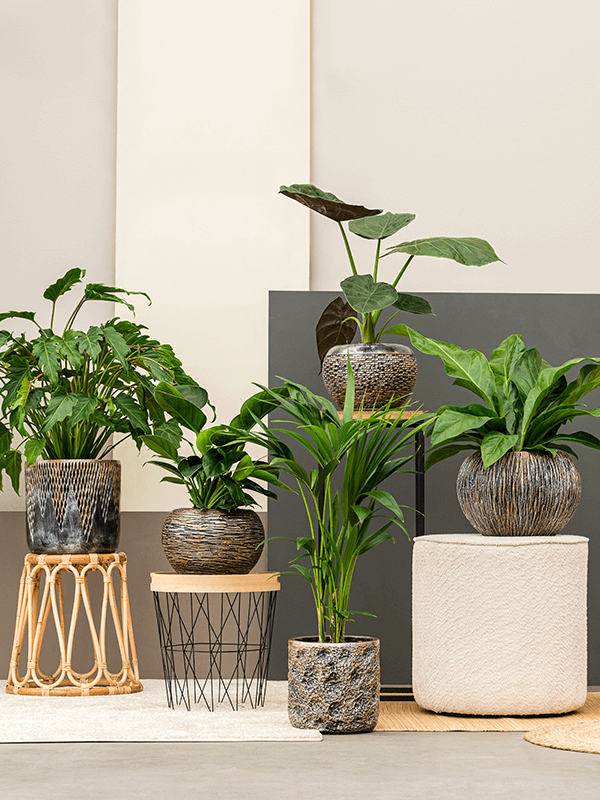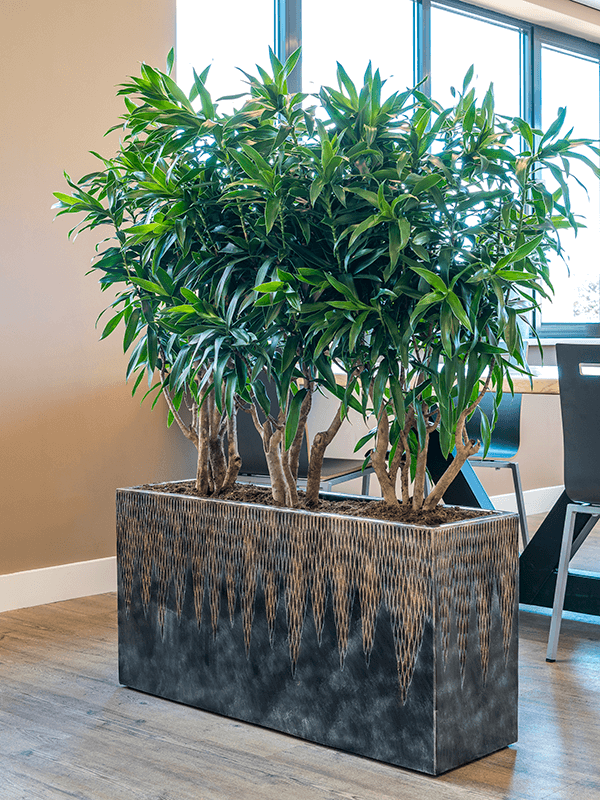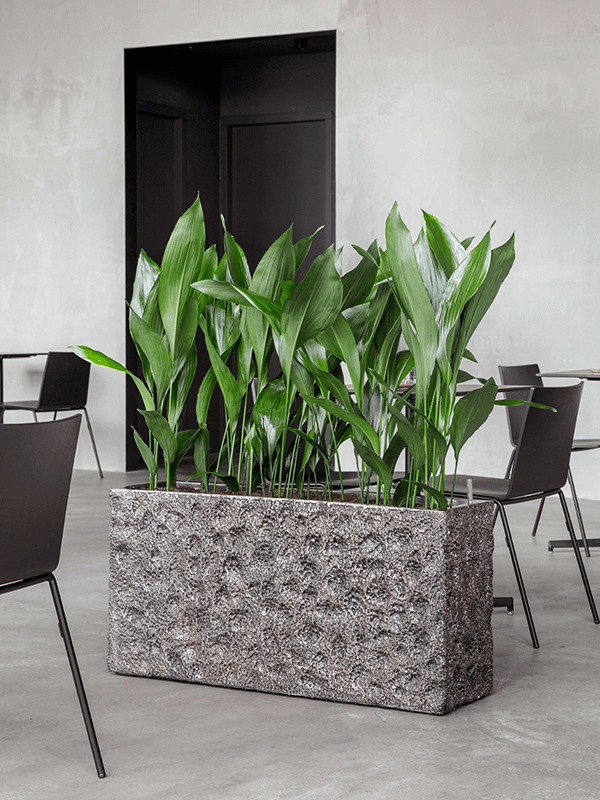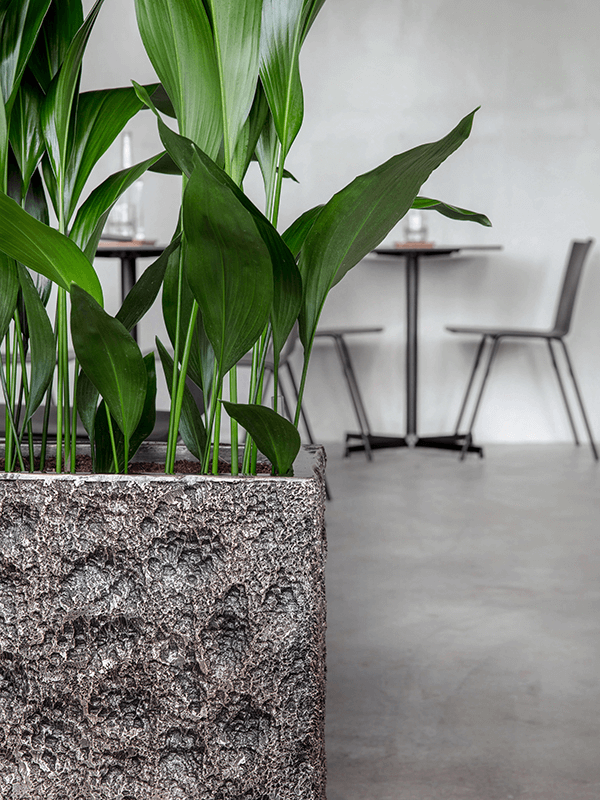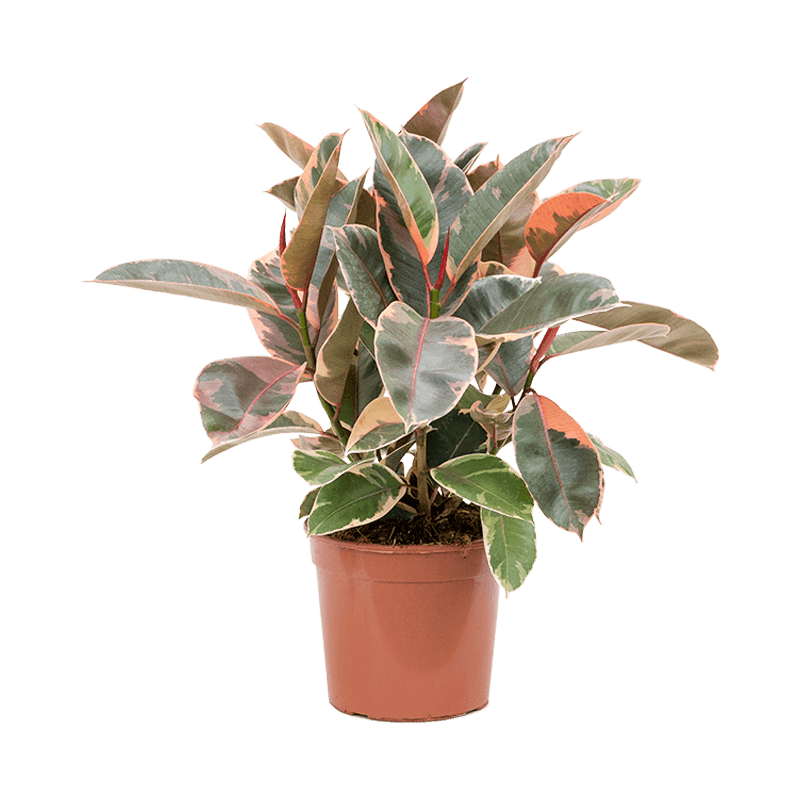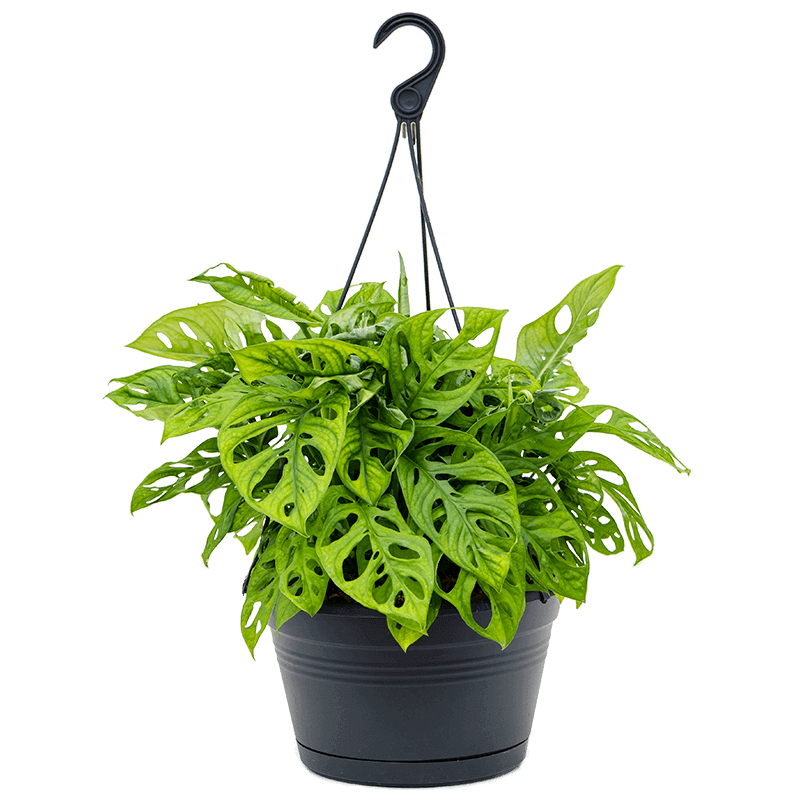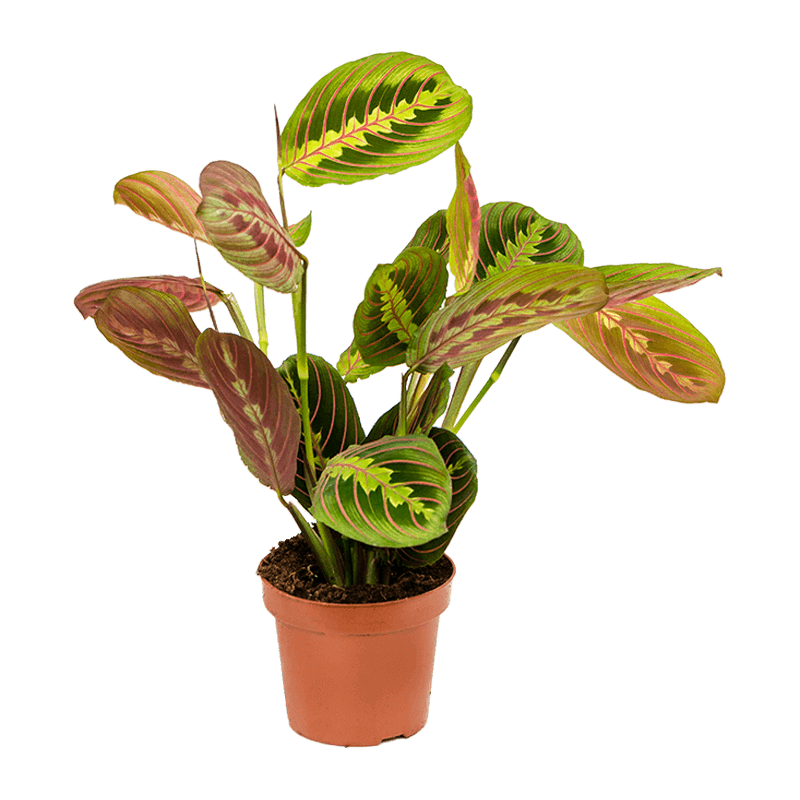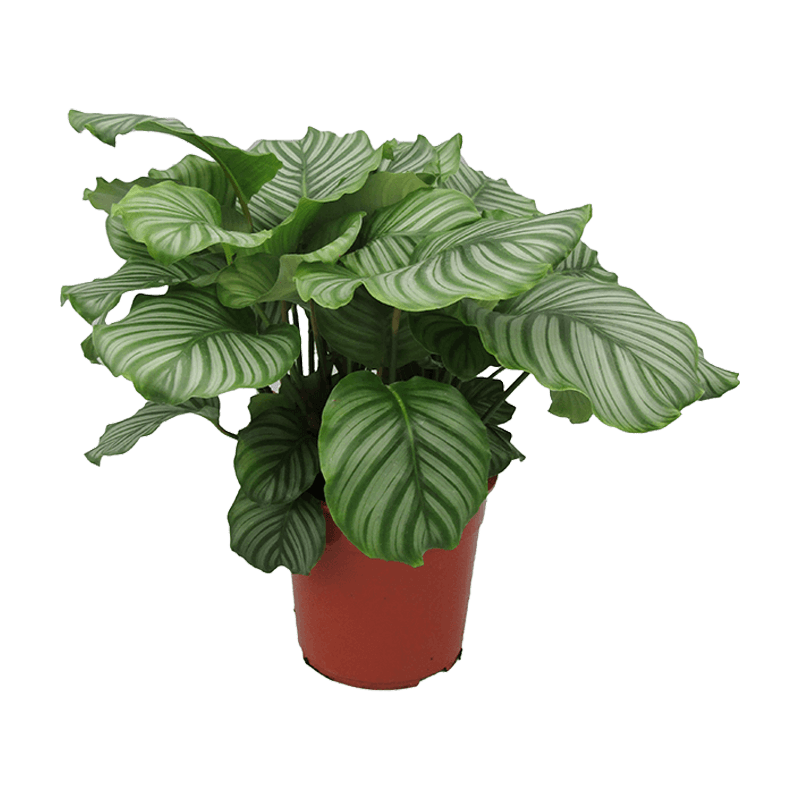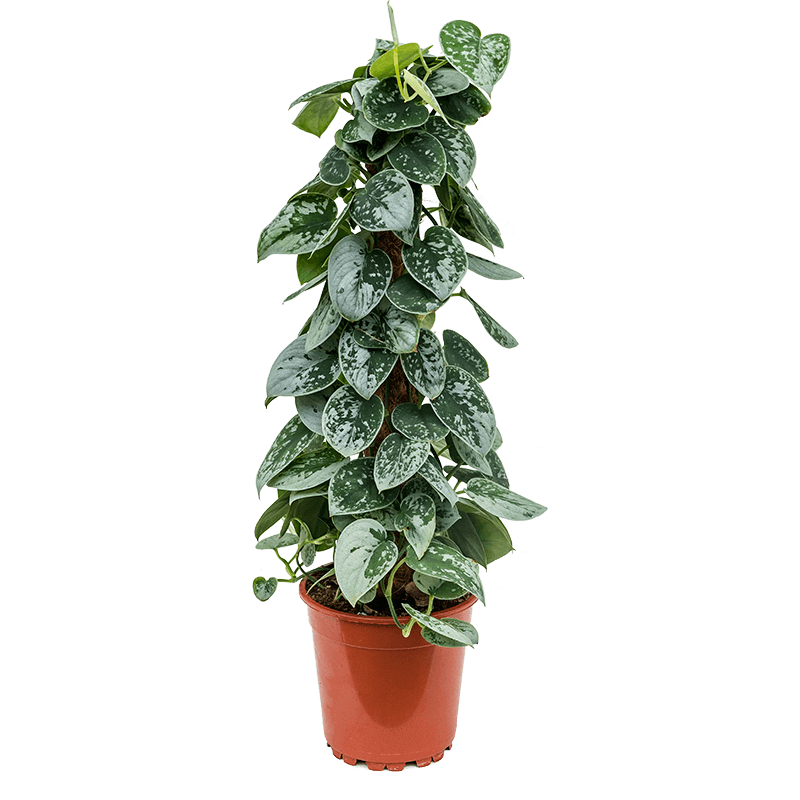how to care for epipremnum (pothos)
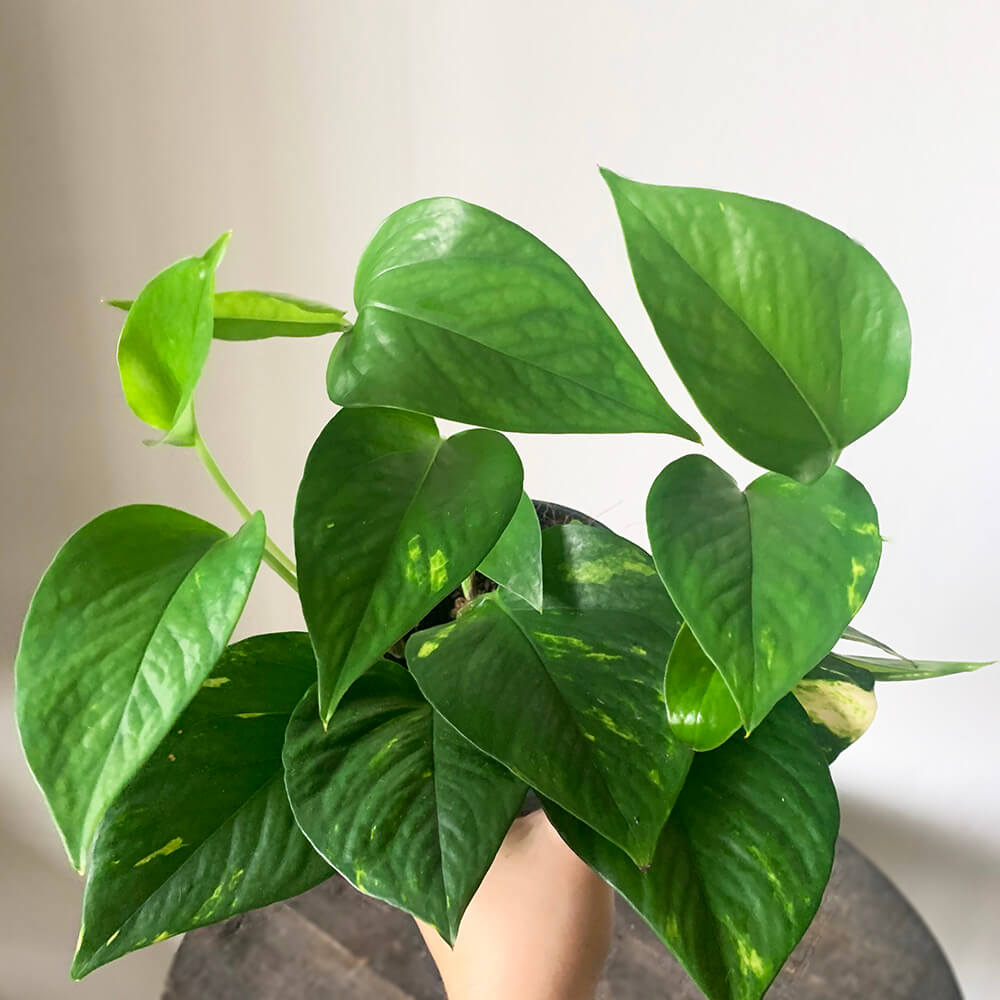
quick care guide epipremnum (pothos)
 |
Once a week in summer; once every 2 weeks in winter |
 |
Does well in low to medium sun |
 |
Fertilize once every two weeks in the summer |
 |
Toxic to pets |
 |
Strong air purifier |
Provide bright, indirect sunlight, grow in well-draining soil and keep the soil slightly moist. Reduce watering during the fall and winter, fertilize lightly every month, and pinch back the stems to create a fuller, bushy plant.
detailed care guide for epipremnum (pothos)
Scientific Name: Epipremnum (a.k.a. Pothos, Scindapsus, Devil’s Ivy) Varieties: (list only includes varieties sold by Leafy Life)- Epipremnum ‘Marble Queen’ – leaves have white ‘marbling’ variegation
- Epipremnum ‘Neon Pothos’ – leaves are a bright neon yellow
epipremnum (pothos) origins & overview
Pothos (a.k.a. Epipremnum, Scindapsus) is a type of flowering vine in the arum family Araceae. It is native to tropical countries where warm temperatures and high humidity help the plant thrive. Although Pothos flowers in its native habitat, it rarely—if ever—flowers indoors. Leaves in the shape of a heart identify Pothos plant. These heart-shaped leaves grow on long trailing vines that reach between 1.8 – 3m long indoors. Regular pruning can help to control growth and also help the plant foliage to grow bushier. Pothos looks good as an indoor hanging basket plant with its dangling bright foliage. Or, you can train pothos to climb vertically up a moss pole or other suitable support.epipremnum (pothos) light requirements
All types of Pothos plants grow in bright light to partial shade. When growing in pots indoors, it’s vital to protect Pothos vines from direct sunlight. The best location for a Pothos is in a bright east- or west-facing room. In a south-facing place, keep the hanging plant away from windows. Pothos plants are hardy houseplants and will adapt to most lighting conditions. Because of their tolerance for low light or artificial light, they are excellent shower plants for the bathroom. However, you may find that growing in minimal light tends to cause variegation to fade.
how to water the epipremnum (pothos)
How often you need to water a pothos plant depends on the moisture in the soil. Pothos plants thrive when the soil is slightly moist, but not too damp. The time to water a neon pothos—or any variety of pothos—is when the top 2.5 cm of soil has dried out. Thoroughly water the plant so that water drains from the bottom. Then, only water again when the potting soil is partly dry.
Infrequent thorough watering is better for your plant than frequent light watering. Plenty of water running through the soil allows the roots to get nourished. The essential care advice when it comes to watering a Pothos is to avoid the pot sitting in a saucer or tray of water.
You need to water houseplants more frequently in summer than in winter. Warm air temperature, household heating, and sunlight can dry out soil faster. So, before watering, gently press the Pothos soil. If it’s dry to touch, it’s time to water. If there’s any moisture, then wait until the soil dries.
repotting the epipremnum (pothos)
In time, you need to repot a Pothos plant when it becomes rootbound. Even if you want to keep it in a similar-sized pot, removing the plant from the container to trim its roots gives the roots more room. Also, a fresh potting mix can help to promote vigorous growth.
Signs that its time to repot include roots poking out the drainage holes, wilting leaves, and poor drainage.
How to repot a Neon Pothos:
- Carefully remove the root ball from the pot.
- Shake off excess soil or put the roots under a running tap.
- Untangle roots if necessary.
- Check the roots for signs of damage—brown roots or diseased roots.
- Half-fill a new pot with fresh potting mix.
- Put the root ball in the pot, making sure that it is growing at the same height.
- Fill the remaining space in the container with potting soil.
- Water thoroughly.

Decorative pots are approx. 11 cm.

Plants have a diameter of 11 to 13 cm.
Decorative pots are approx. 14 cm.

Plants have a diameter of 14 to 16 cm.
Decorative pots are approx. 17 cm.

Plants have a diameter of 17 to 19 cm.
Decorative pots are approx. 20 cm.

Plants have a diameter of 20 to 24 cm.
Decorative pots are approx. 25 cm.
extra small |
Plants - 8 to 10 cm diameter Pots - 11 cm |
small |
Plants - 11 to 13 cm diameter Pots - 14 cm |
medium |
Plants - 14 to 16 cm diameter Pots - 17 cm |
large |
Plants - 17 to 19 cm diameter Pots - 20 cm |
extra large |
Plants - 20 to 24 cm diameter Pots - 25 cm |


